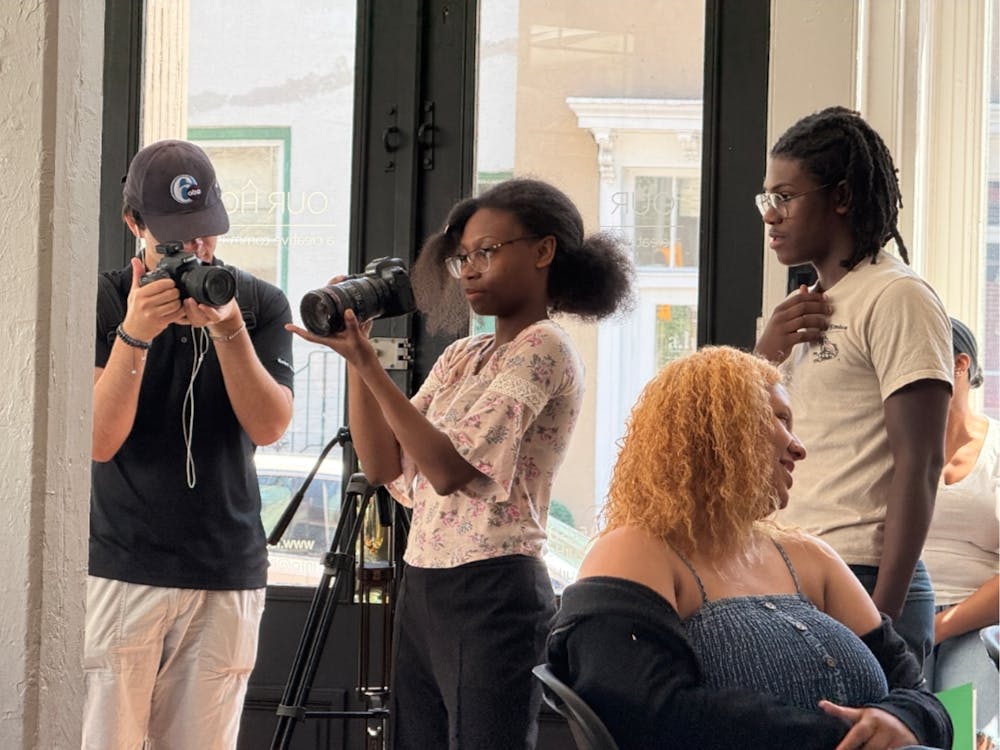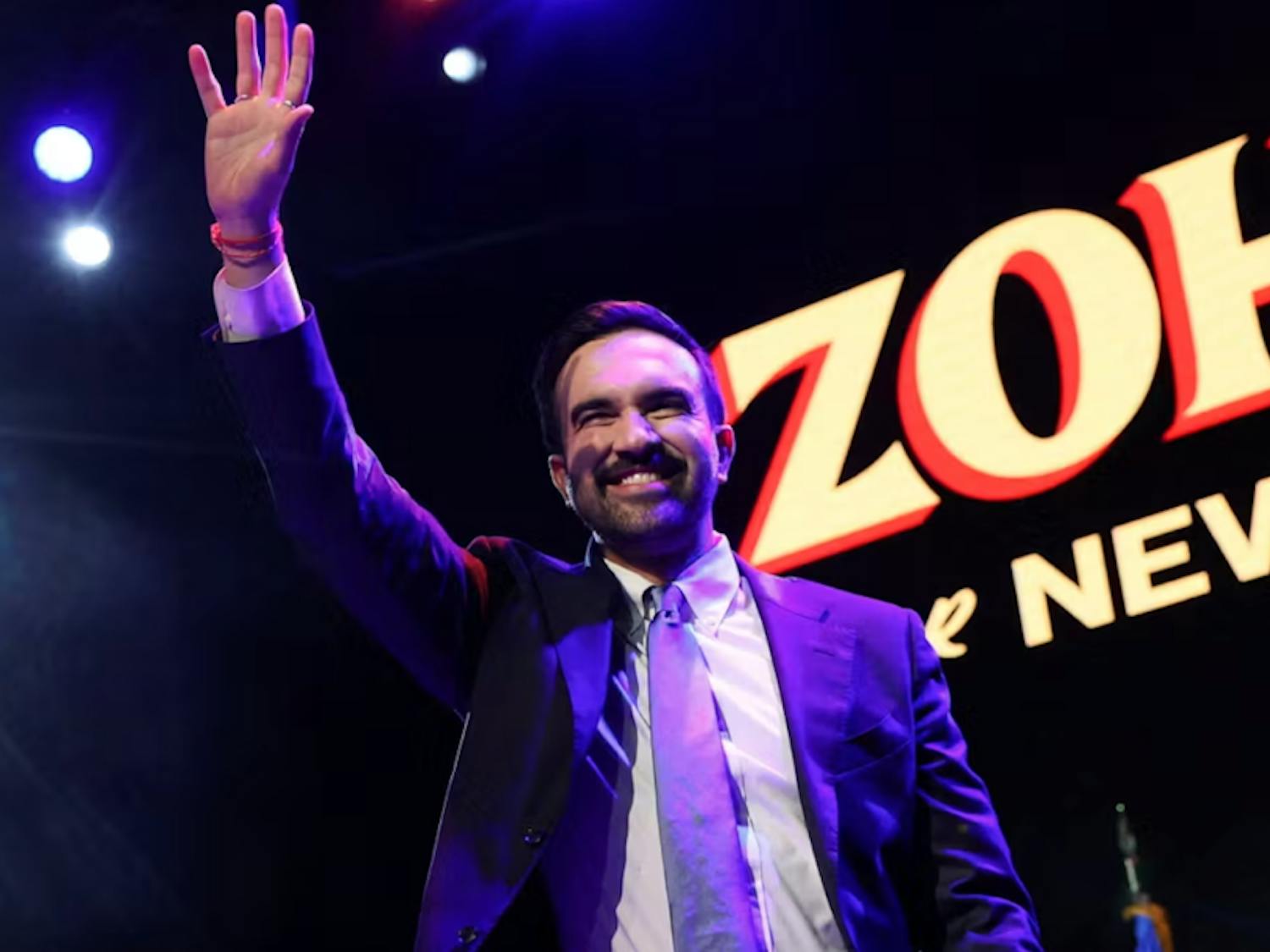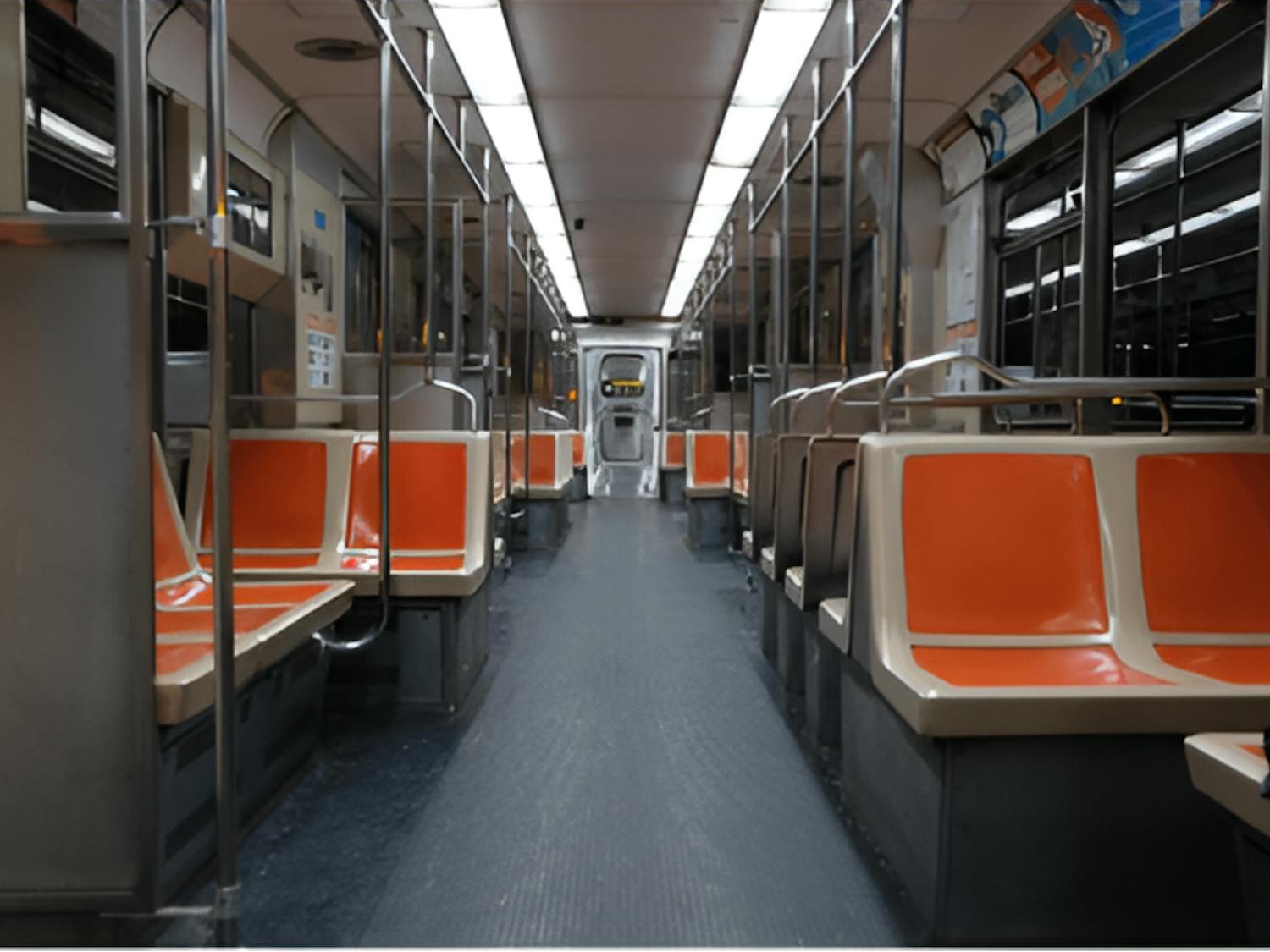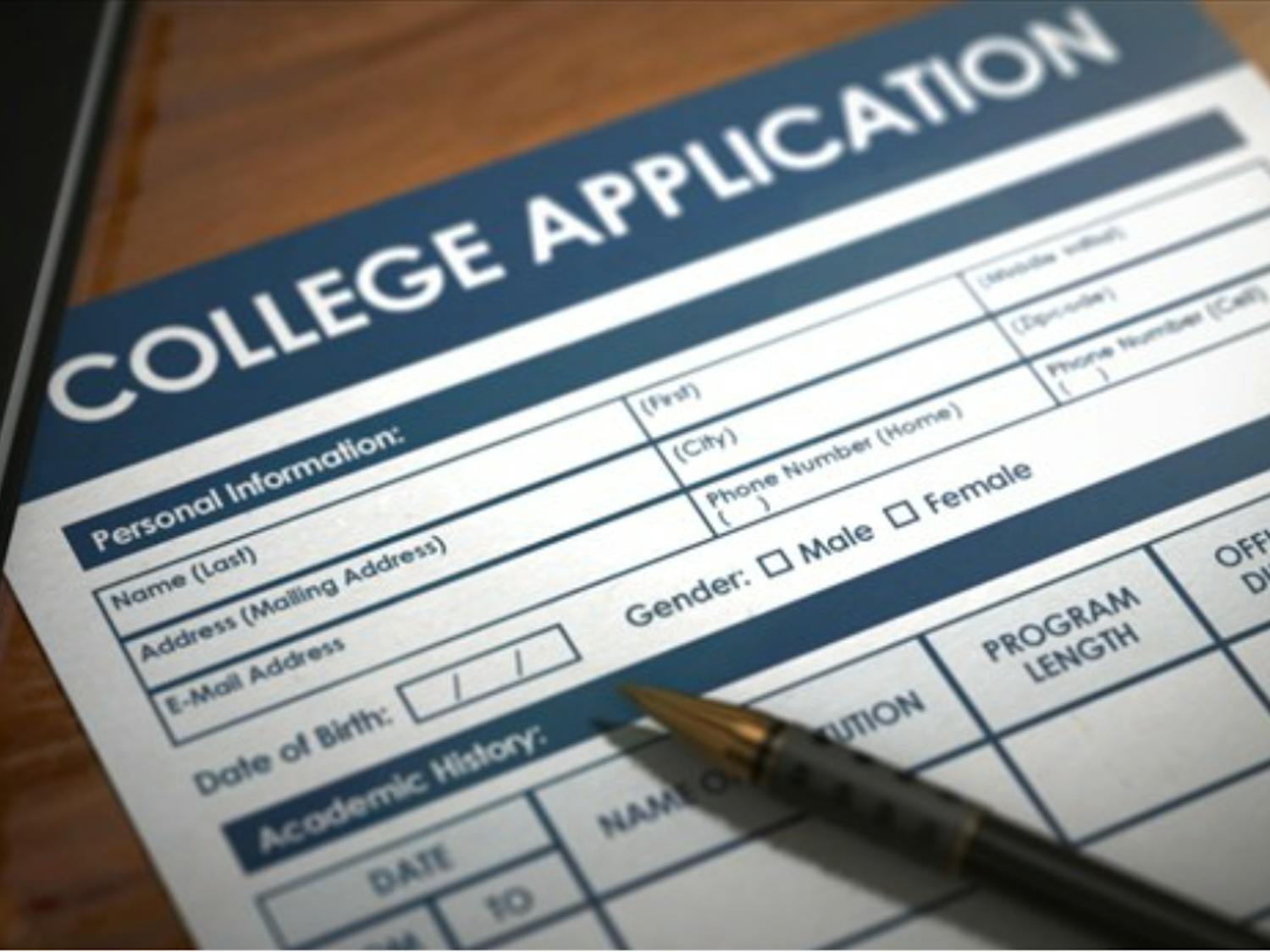Students affected by gun violence are bringing their stories to life through film. In prisons, murals are painted as acts of community service. Across cities and neighborhoods, art continues to shape how we view the world—and how we change it. But how does a painting or poem spark the change we want to see in the world?
The World Economic Forum describes today’s growing disconnect from real-world problems as a feeling of distance, even when our small acts could help. Art bridges this divide. As artist Olafur Eliasson states, engaging with art “can connect you...to your senses, body and mind.” That connection can move people from awareness to action.
Shemeka Sawyer, a community activist in Germantown, understands this connection well. Sawyer, after losing her brother to gun violence, has turned to filmmaking as a way to grieve, remember, and cope. She refers to using art for change as “a megaphone, an opportunity to amplify your thoughts and feelings to the world.
As the founder and executive director of 5Shorts Project, a Philadelphia-based film initiative, Sawyer leads empowers filmmakers to use storytelling for transforming communities. One of her key projects, the Bout Mine I Matter Internship–named after her late brother’s clothing line—teaches high school students to perform and direct in 10-12 minute documentaries about gun violence through their own perspectives.

Image Courtesy of Shemeka Sawyer | Bout Mine I Matter interns at work
Sawyer stresses that the goal of the program is not only to teach young filmmakers, but to also take their advice: “We’ll show you the ropes and show you how to get things together, but we also want your input…because I want young people to understand that they are important.” By giving youth the tools to tell their own stories, Sawyer builds space for empathy, agency, and change.
Art continues to be the glue that inspires people to take initiative. For this reason, Sawyer reminds young artists: “Never take failure as a determinant of your value.”




